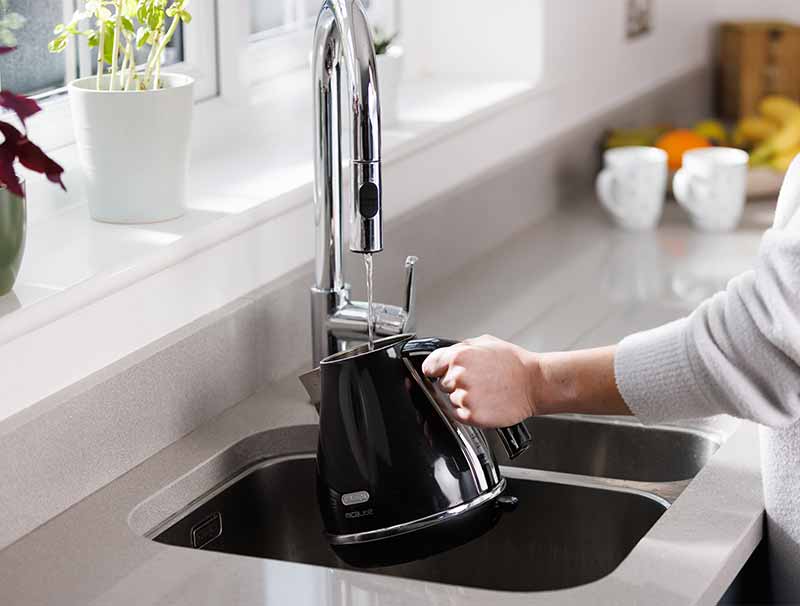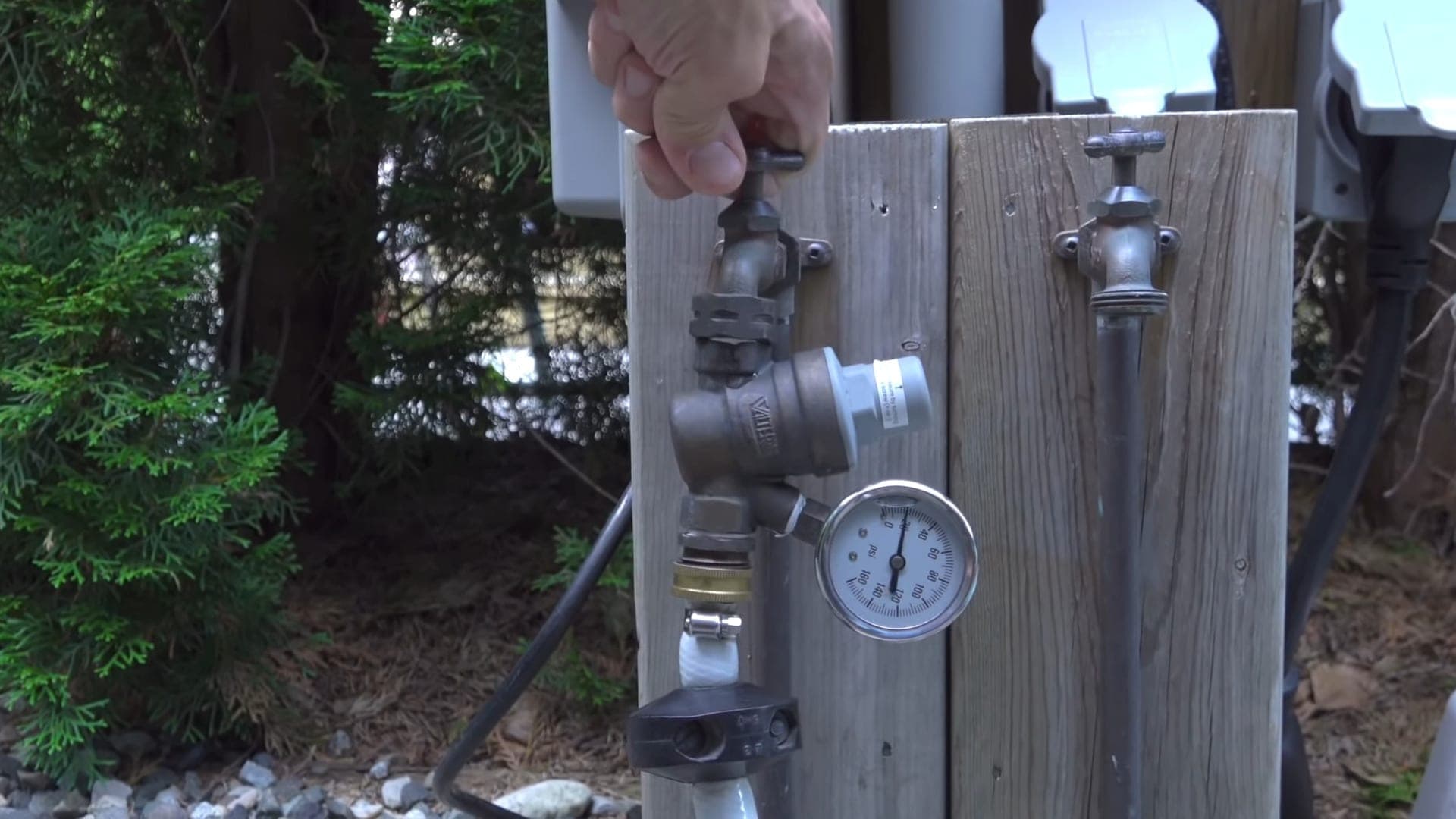Efficient Techniques for Dealing with Low Water Pressure in Your Home
Efficient Techniques for Dealing with Low Water Pressure in Your Home
Blog Article
Everybody may have their unique perception about Low Water Pressure in the House?.

Low tide pressure in your house can be a discouraging problem, affecting whatever from showering to washing dishes. If you're experiencing weak water flow, there are numerous possible reasons and services to explore. In this guide, we'll go over common factors for low water stress and sensible steps to attend to the concern effectively.
Introduction to Low Water Pressure
Low tide pressure takes place when the circulation of water from your faucets, showers, and various other components is weaker than typical. This can make daily jobs more tough and much less effective. Recognizing the root causes of low water pressure is important to discovering the ideal solution.
Common Reasons For Low Water Pressure
Faulty Pressure Regulators
Stress regulatory authorities are accountable for preserving consistent water stress in your home. If they malfunction, it can lead to low tide stress or unequal flow throughout your house.
Local Water Supply Issues
In some cases, the issue lies outside your home. Local water concerns, such as main line leaks or upkeep job, can temporarily reduce water pressure in your location.
Pipe Obstructions
With time, pipelines can become blocked with mineral deposits, sediment, or particles, restricting the circulation of water. This is an usual concern in older homes with galvanized steel pipelines.
Corrosion
Deterioration within pipelines can lead to leaks and reduced water stress. Rust build-up can constrict water flow, particularly in maturing plumbing systems.
How to Detect Low Tide Stress
Checking Pipelines
Evaluate visible pipelines for signs of leakages, deterioration, or clogs. Take notice of any type of unusual noises, such as knocking or rattling pipes, which can indicate concerns within the plumbing system.
Consulting with a Plumber
If you're unable to identify the source of low water stress, consider employing a specialist plumber to carry out an extensive assessment. They can recognize underlying issues and recommend suitable options.
Inspecting Faucets and Components
Start by examining the water pressure at various faucets and fixtures throughout your home. If the issue is separated to specific areas, it may indicate local issues.
DIY Solutions to Take Care Of Low Water Pressure
Flushing Water Heater
Sediment buildup in the hot water heater can restrict circulation and reduce efficiency. Purging the storage tank regularly assists remove sediment and maintain optimal performance.
Inspecting Stress Regulatory Authority
Make certain that the pressure regulator is working correctly. Changing or replacing the regulatory authority can assist restore correct water pressure throughout your home.
Cleaning Up Aerators and Showerheads
Natural resources can collect in aerators and showerheads, lowering water flow. Remove and clean these parts regularly to enhance water stress.
Clearing Up Clogs in Piping
For minor blockages, attempt using a plumbing snake or chemical drain cleaner to clear blockages in pipes. Beware when making use of chemicals and adhere to safety and security guidelines.
When to Call a Professional Plumber
If DIY initiatives stop working to solve the problem or if you think substantial plumbing problems, it's finest to seek aid from a qualified plumber. They have the competence and tools to resolve complex issues safely and properly.
Safety Nets to Keep Water Pressure
Installing a Stress Booster
Take into consideration mounting a pressure booster pump to boost water stress in areas with continually reduced flow. This can be particularly valuable for multi-story homes or buildings with high-demand fixtures.
Tracking Water Use
Bear in mind water usage behaviors and avoid overtaxing the plumbing system. Straightforward modifications, such as staggering showers and laundry loads, can assist preserve sufficient water pressure.
Routine Upkeep
Schedule routine maintenance for your plumbing system to stop issues such as deterioration, leaks, and clogs. Resolving minor problems early can assist prevent even more considerable fixings in the future.
Verdict
Taking care of low tide pressure can be aggravating, yet recognizing the underlying causes and carrying out suitable services can recover optimum flow throughout your home. Whether it's cleaning up aerators, checking pipes, or talking to a plumber, taking proactive steps can ensure a stable supply of water for your day-to-day needs.
FOUR WAYS TO FIX LOW WATER PRESSURE NOW
Turning on a shower or faucet only to find the water comes out in a sad, slow drizzle is never a good feeling. How exactly are you supposed to wash a pan or take a quick shower when it takes 10 minutes just to rinse off a little soap? The good news is that when your water pressure is bad, there's always a cause: typically one that can be easily fixed. Here are some of the most common causes of low pressure and what you can do to fix the issue:
DEBRIS AND MINERAL DEPOSIT BUILDUPS
If you notice low water pressure from just one or two of the fixtures in your house, the problem likely has to do with debris buildup. Water is full of minerals and other debris, all of which can accumulate in your pipes and on your fixtures. This can cause a blockage that affects how much water flows through. To fix this, try filling a small plastic bag with white vinegar, and use a rubber band to hang it around your showerhead or faucet. Let the head of the fixture soak for a few hours, and the vinegar should loosen the deposits.
WATER LEAKS
Leaks are another common cause of low water pressure. If water is flowing out of your plumbing through a hole or crack before it can reach your fixture, the pressure coming out of the faucet or showerhead will be lower. A plumbing professional is your best bet for finding and repairing a leak in your water supply pipes.
Leaks are another common cause of low water pressure. If water is flowing out of your plumbing through a hole or crack before it can reach your fixture, the pressure coming out of the faucet or showerhead will be lower. A plumbing professional is your best bet for finding and repairing a leak in your water supply pipes.
A VALVE ISSUE
If you have low water pressure throughout your home, check your main shut-off valve to make sure it's completely open. You may also want to see if there's a pressure-reducing valve installed. If there is, have a plumber help you adjust the settings to get the pressure you're looking for.
OTHERS USING WATER
Believe it or not, your low water pressure could be caused by your neighbors. If you notice low pressure at certain times of day, it may be because you and the people living next to you have similar schedules - when everyone is showering at the same time, the pressure will be lower in every home. Low pressure throughout the neighborhood may also be caused by an issue with your municipal water supply. If that's the case, call the supplier to see if they're working on the issue.
https://www.rotorooter.com/blog/water-leaking/low-water-pressure-fixes/

As a serious reader about Low Water Pressure in the House?, I was thinking sharing that article was worthwhile. Sharing is caring. You just don't know, you may be doing someone a favor. I praise you for being here. Come back soon.
Book-Now Report this page